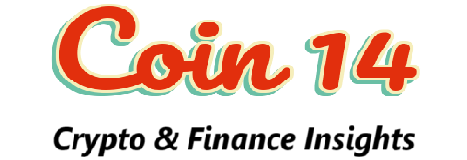Robert Kiyosaki, author of Rich Dad Poor Dad, divides people into four main groups:
- E – Employee: Workers and managers. They trade time, skills, and effort for money.
- S – Self-Employed: Freelancers and small business owners. They also trade time and effort for money, but work for themselves instead of others.
- B – Business Owner: Entrepreneurs who use ideas, systems, and people to generate wealth.
- I – Investor: Professionals who make money with money, leveraging knowledge and capital to grow their wealth.
By definition, groups E, S, and B earn their main income from jobs or businesses—not investments. Their time for investing is limited. These are amateur or part-time investors. Only group I qualifies as professional investors.

Why Distinguish Amateurs from Professionals?
Because amateurs often get overconfident after a few wins. They start dabbling in complex, high-risk products that only professionals should touch.
Remember:
Amateurs can buy and hold value stocks, but they should not day-trade. Even professionals often lose 60% of the time.
Amateurs can buy physical gold or foreign currencies, but not leveraged gold accounts or forex pairs—only 5–10% of pros succeed there.
Amateurs can buy houses, condos, or land, but should avoid complex real estate products they don’t understand.
Golden Rules of Investing
Before investing in any asset, always:
Verify the legal framework—is it protected by law?
Check the creditworthiness of issuers or custodians.
Understand clearly how the asset generates returns.
Identify hidden risks and how to manage them.
Remember: “There’s no free lunch.” Say NO to all products promising “guaranteed high returns.”
Risk Is Everywhere
In finance, only 1-year government bonds from AAA-rated countries are considered “zero risk”—because governments can always print money short-term.
Everything else carries risk: governments, banks, insurers, funds, corporations. Even Vietnam’s government bonds carry risk (Vietnam’s credit rating is far from AAA).
Yet in Vietnam, people assume banks are risk-free because the state often rescues failing ones—using taxpayers’ money. This creates a false belief: “banks never fail.”
Reality:
High-trust institutions pay low interest.
Low-trust institutions pay high interest.
High returns always come with high risk. If not—it’s likely a scam.
The Trap of “Guaranteed Returns”
Projects like Century 21, Onecoin, Sky Mining once promised 50%, 70%, even 200% annual returns.
Ask yourself: if such returns were real, why wouldn’t someone just borrow from a bank at 10% and pocket the 40–100% difference risk-free?
👉 Because it’s impossible. It’s fairy tale math.
Yet many—from uneducated workers to wealthy elites—still poured money in. They lost it all, due to ignorance and greed.
The 3 Core Investment Risks
Capital Loss
Company goes bankrupt → your shares = worthless paper.
Buy land from scams like Alibaba → land only exists “on paper.”
Buy scam coins like Onecoin → your “digital balance” is real, your money is gone.
Deposit into shady “international” broker accounts → when they disappear, so does your cash.
Failure to Achieve Expected Returns
Value stock expected to yield 20% → market crash → real return = 14%.
Real estate projected 25% → crisis → actual = -5%.
Hype stock expected to 100x → instead falls 90%.
Liquidity Risk (can’t convert to cash)
Land worth 3B VND on paper, but no buyers after 3 months.
Small-cap stocks with no trading volume → you can’t sell even after a week of trying.
Two Main Ways to Reduce Risk
Research thoroughly.
Diversify your portfolio.
Final Thoughts
Amateur investors should stay within their circle of competence—value stocks, physical assets, simple investments.
Professional investors, with deep knowledge and experience, can manage complex products—but even they lose sometimes.
👉 The golden truth: High returns always mean high risk. If someone promises otherwise, walk away.




